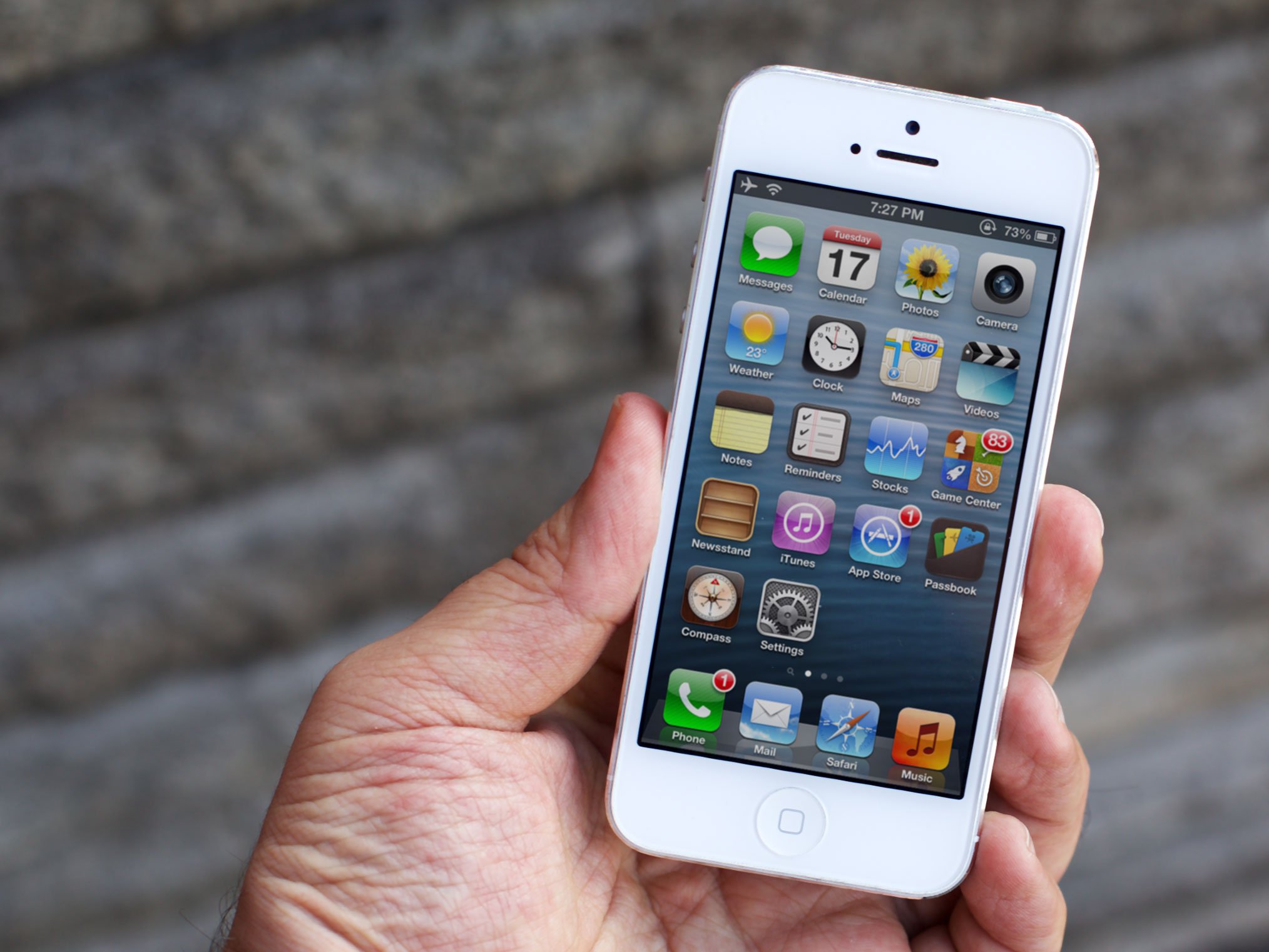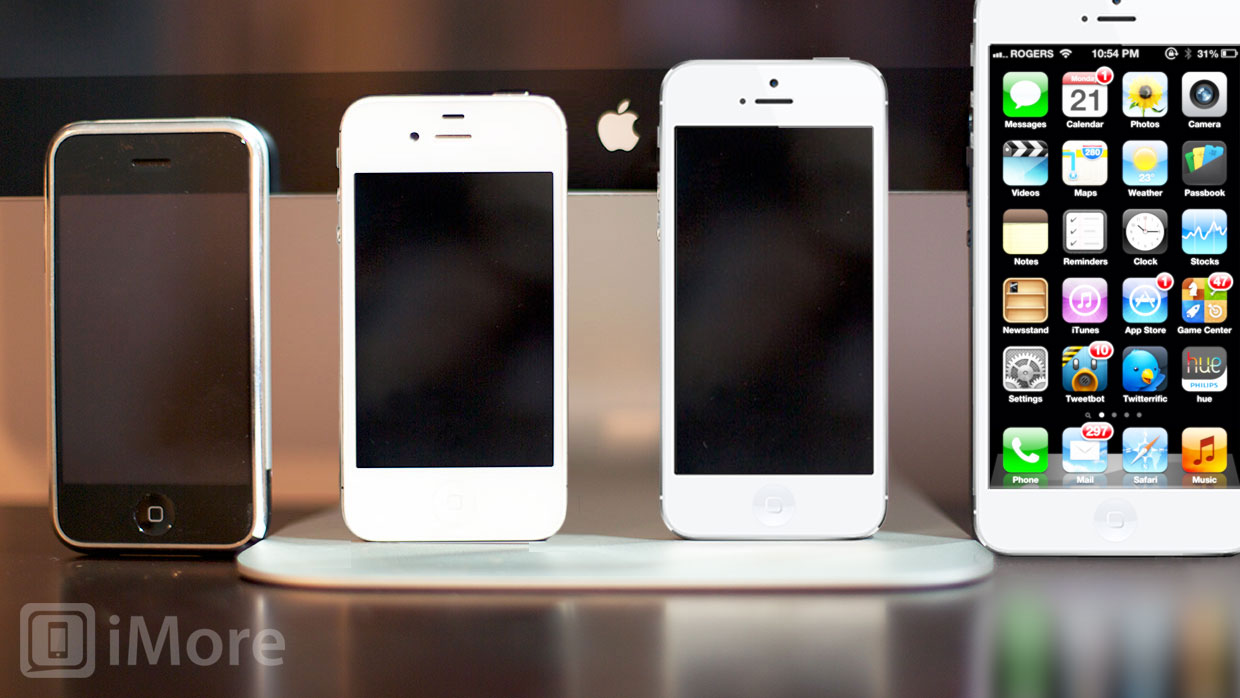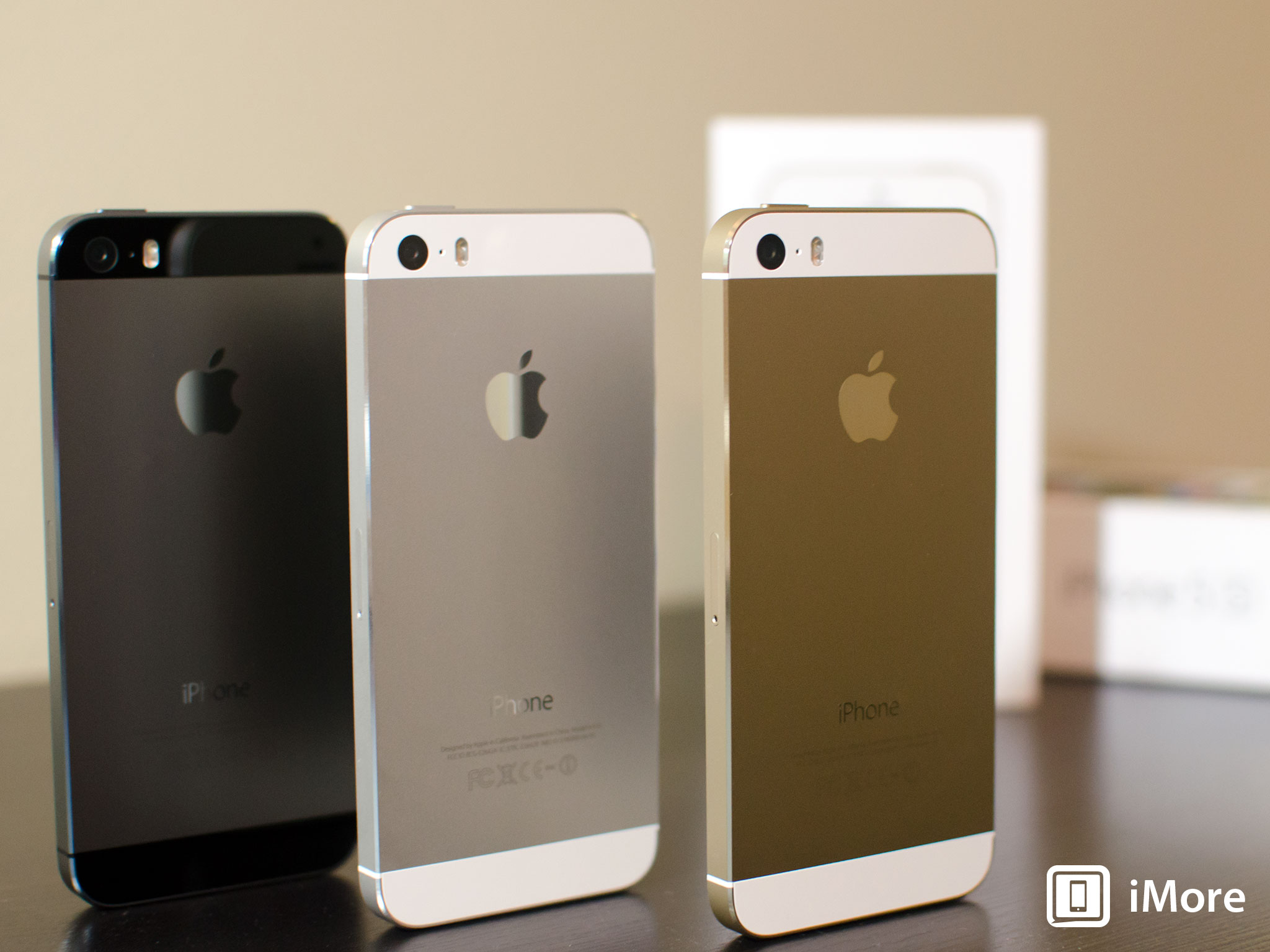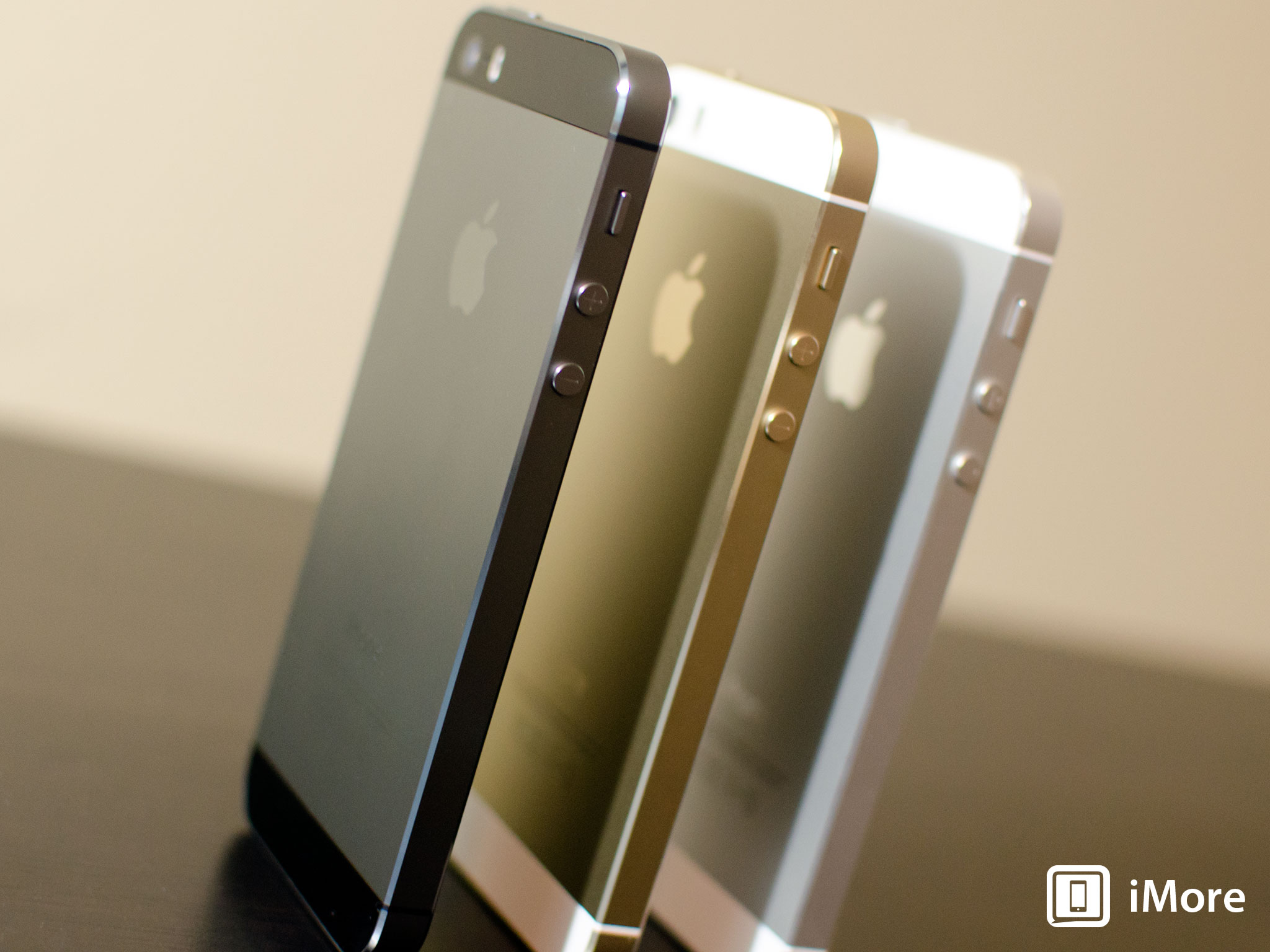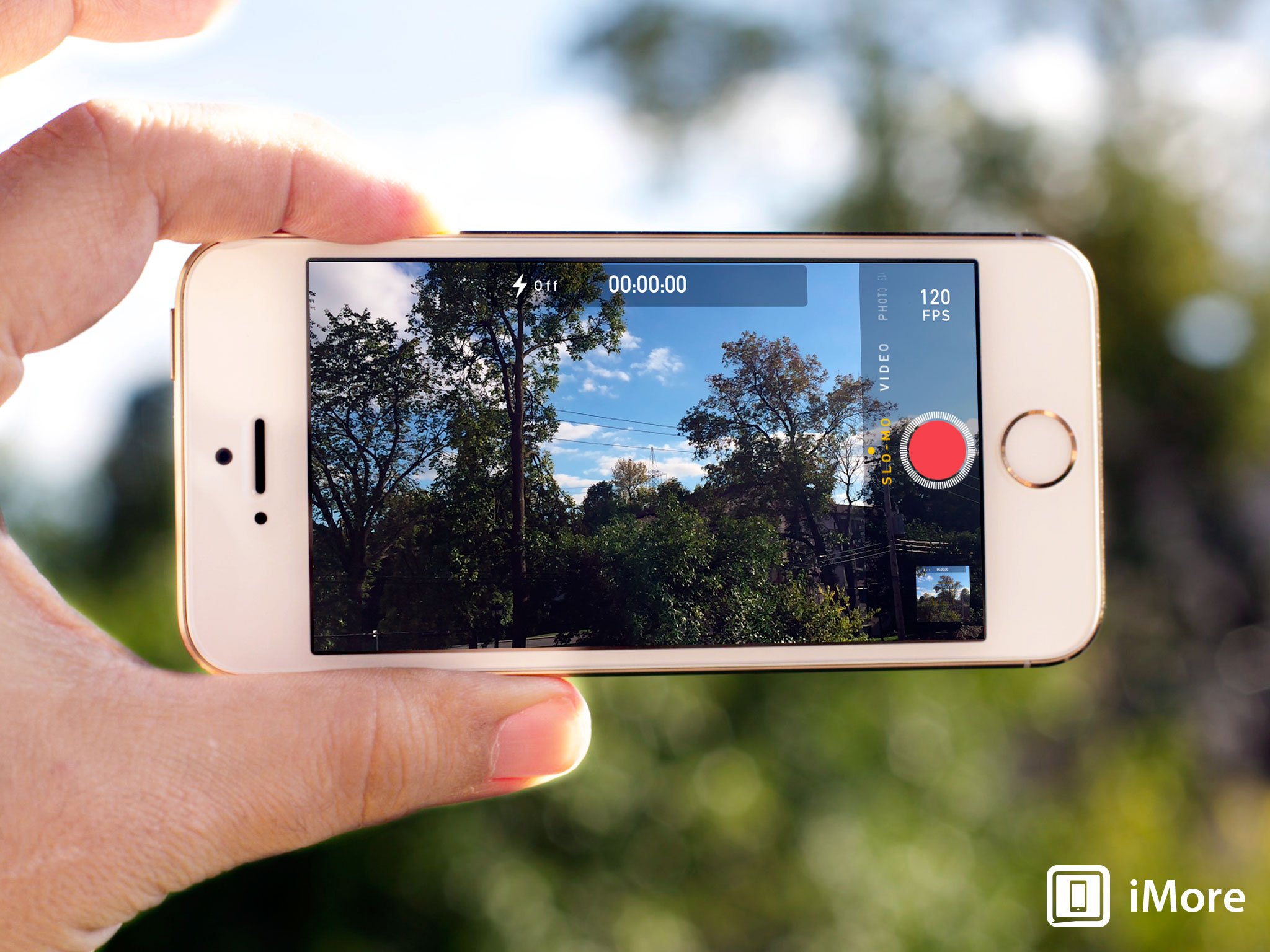iPhone 5
Latest about iPhone 5
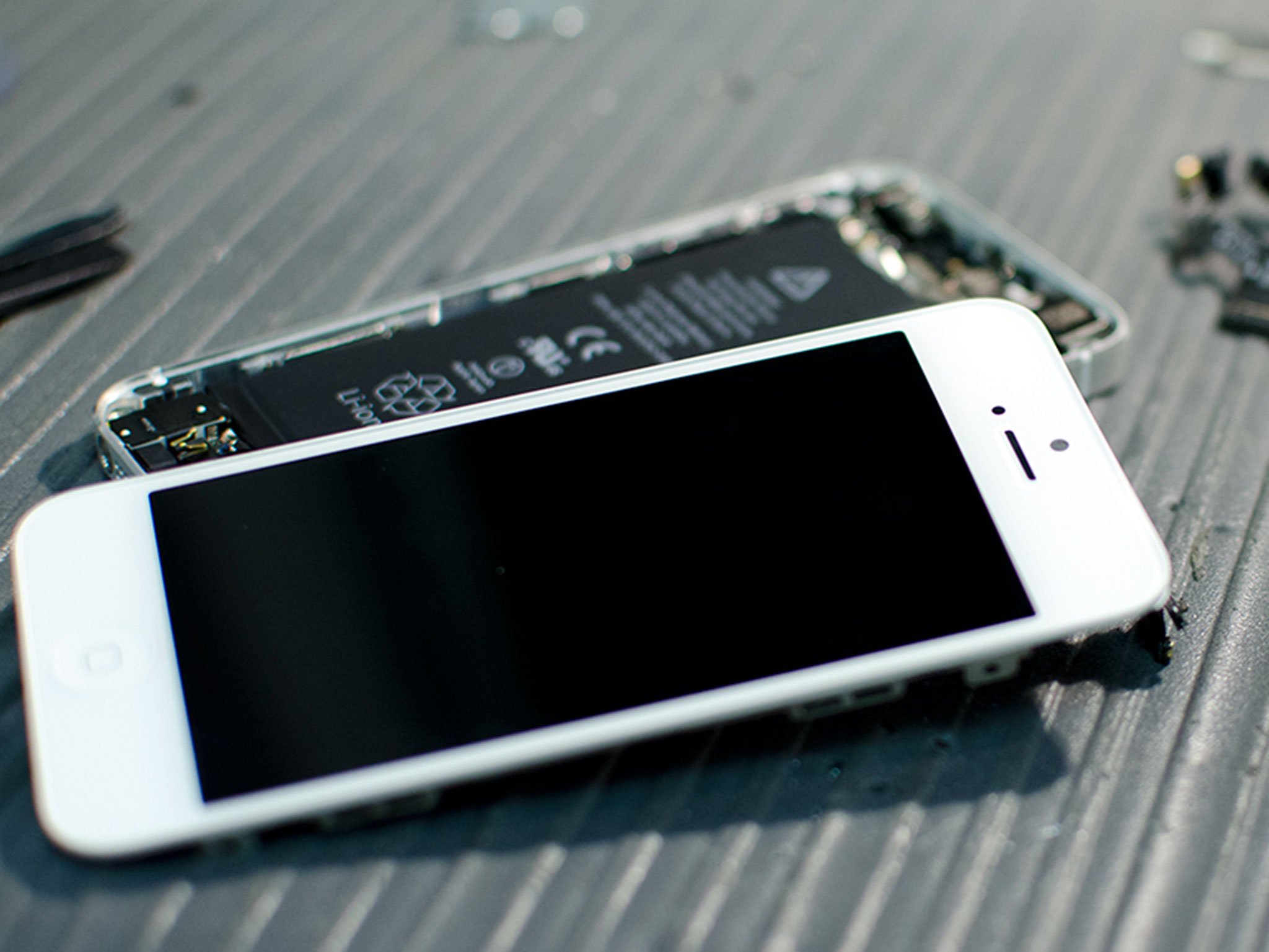
How to replace a cracked or broken screen on an iPhone 5
By Allyson Kazmucha last updated
Have an iPhone 5 with a busted screen? Let us help you fix it.
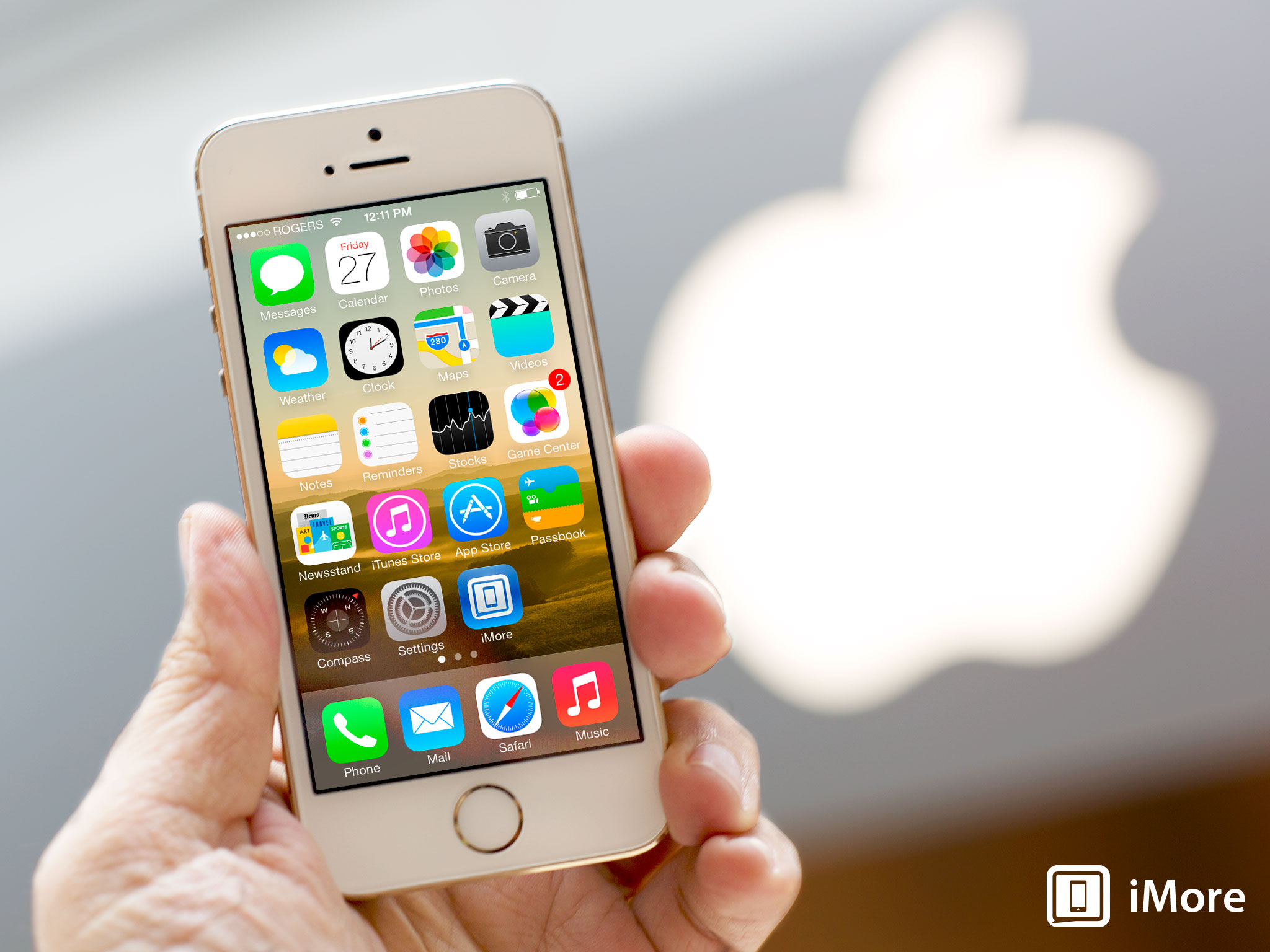
Someone winning a photography award with an iPhone 5s shows you don't need the latest and greatest to take great shots
By Oliver Haslam published
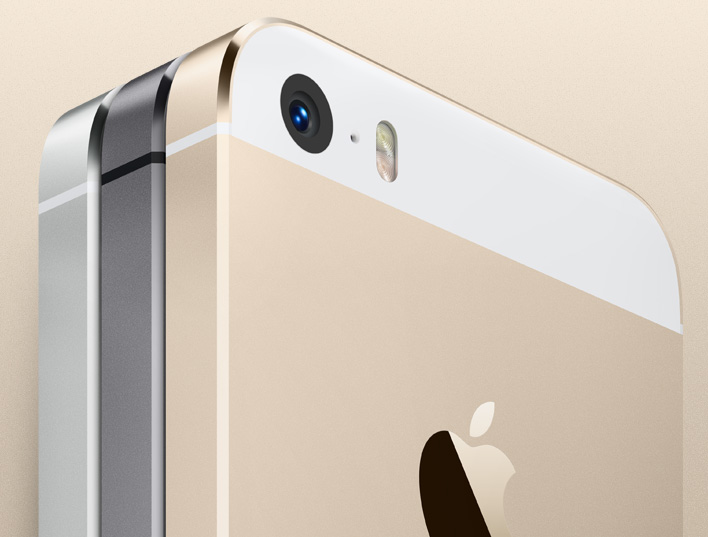
Scientists are building microscopes out of old iPhone 5 cameras and LEGO
By Oliver Haslam published
German scientists are using old iPhone 5 cameras and LEGO to build cheap high-resolution microscopes in place of expensive lab equipment.
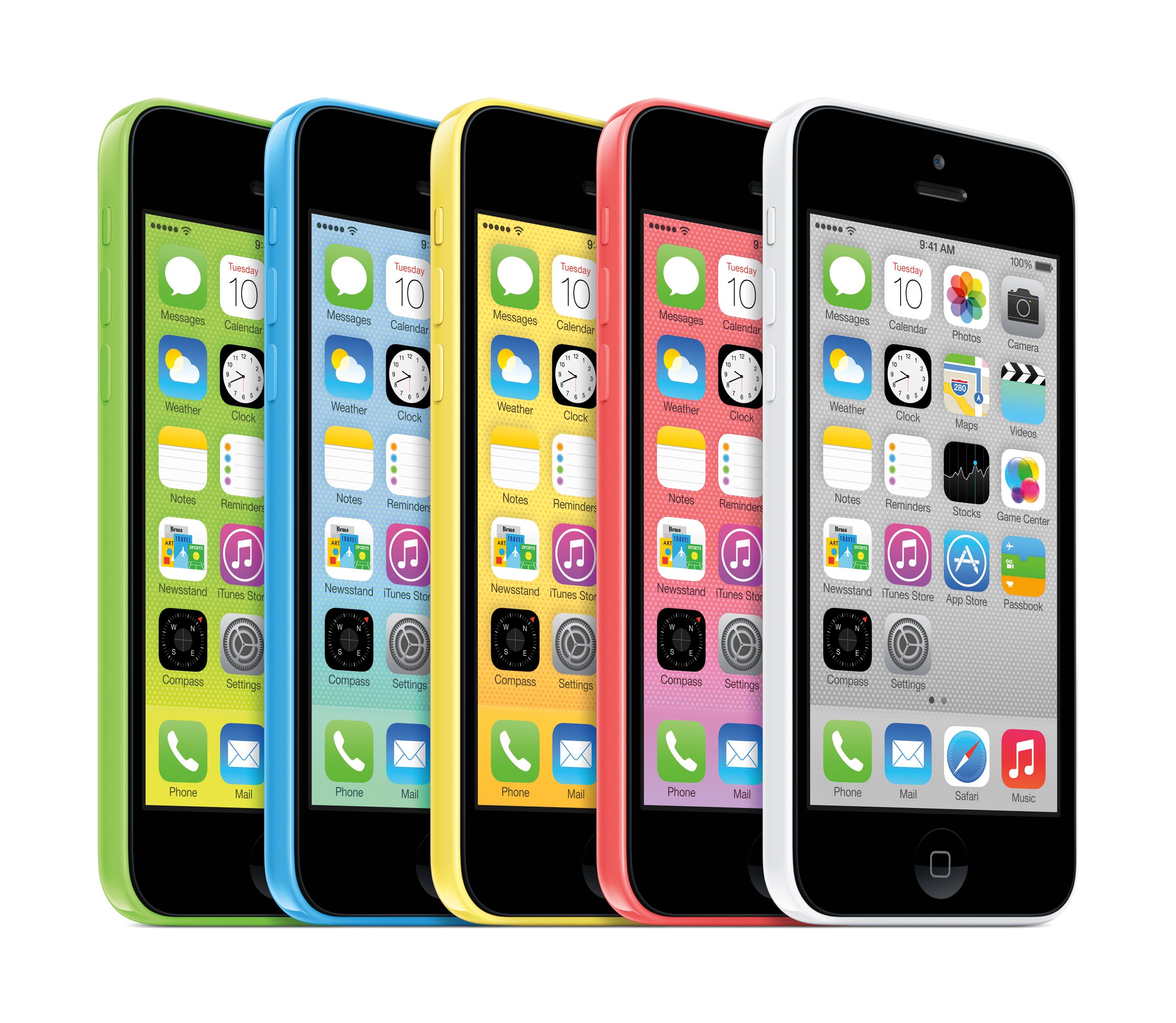
The iPhone 5c is now officially a vintage Apple product
By Joe Wituschek last updated
In addition to the iPhone 5c, the Mid 2014 model of the 15-inch MacBook Pro has also been added to the vintage and obsolete list.

Leaked internal memo reveals iPhone 5c will become vintage on October 31
By Joe Wituschek published
The memo also says that the Mid 2014 model of the 15-inch MacBook Pro will also hit the vintage and obsolete list on the same day.
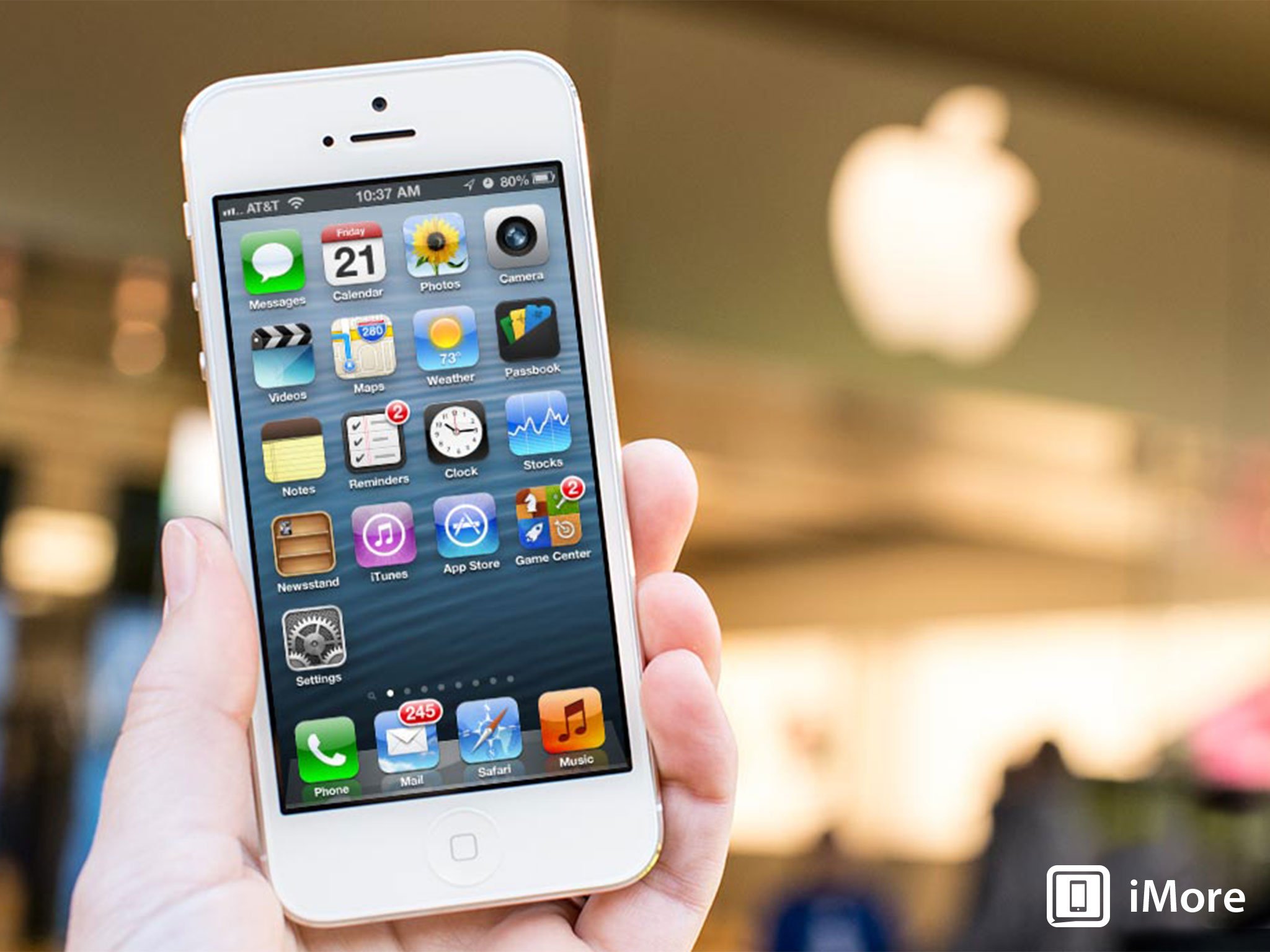
Update your iPhone 5 to iOS 10.3.4 before November 3 or else...
By Stephen Warwick published
Apple has issued a reminder to iPhone 5 users, strongly recommending that they update the software on their devices to iOS 10.3.4.

iPhone 5s vs iPhone 6s camera shootout: Time to upgrade, iPhone 5s users
By Serenity Caldwell last updated
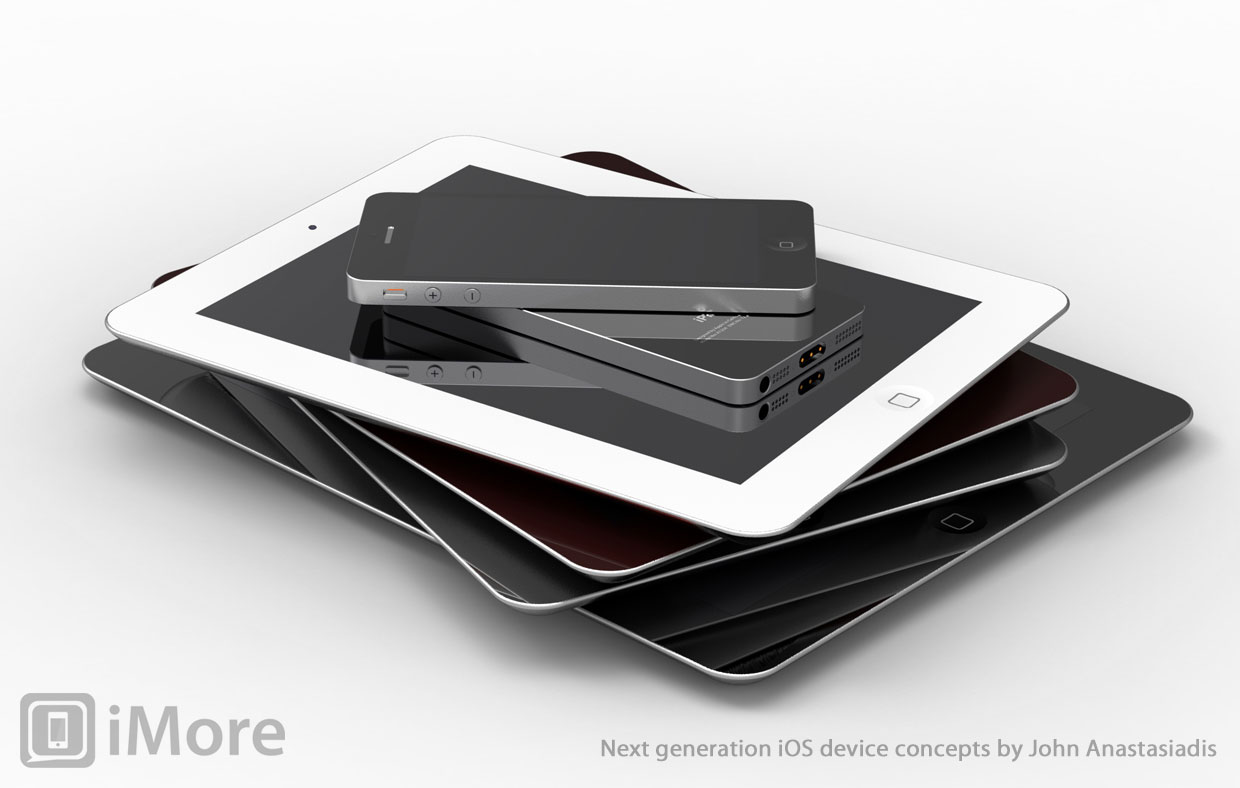
Apple iPhone 5 and iPad mini event planned for September 12, iPhone 5 release date for September 21
By Rene Ritchie last updated

History of iPhone 5s: The most forward thinking iPhone ever
By Rene Ritchie last updated
The history of iPhone — continuing with the most forward thinking one ever.
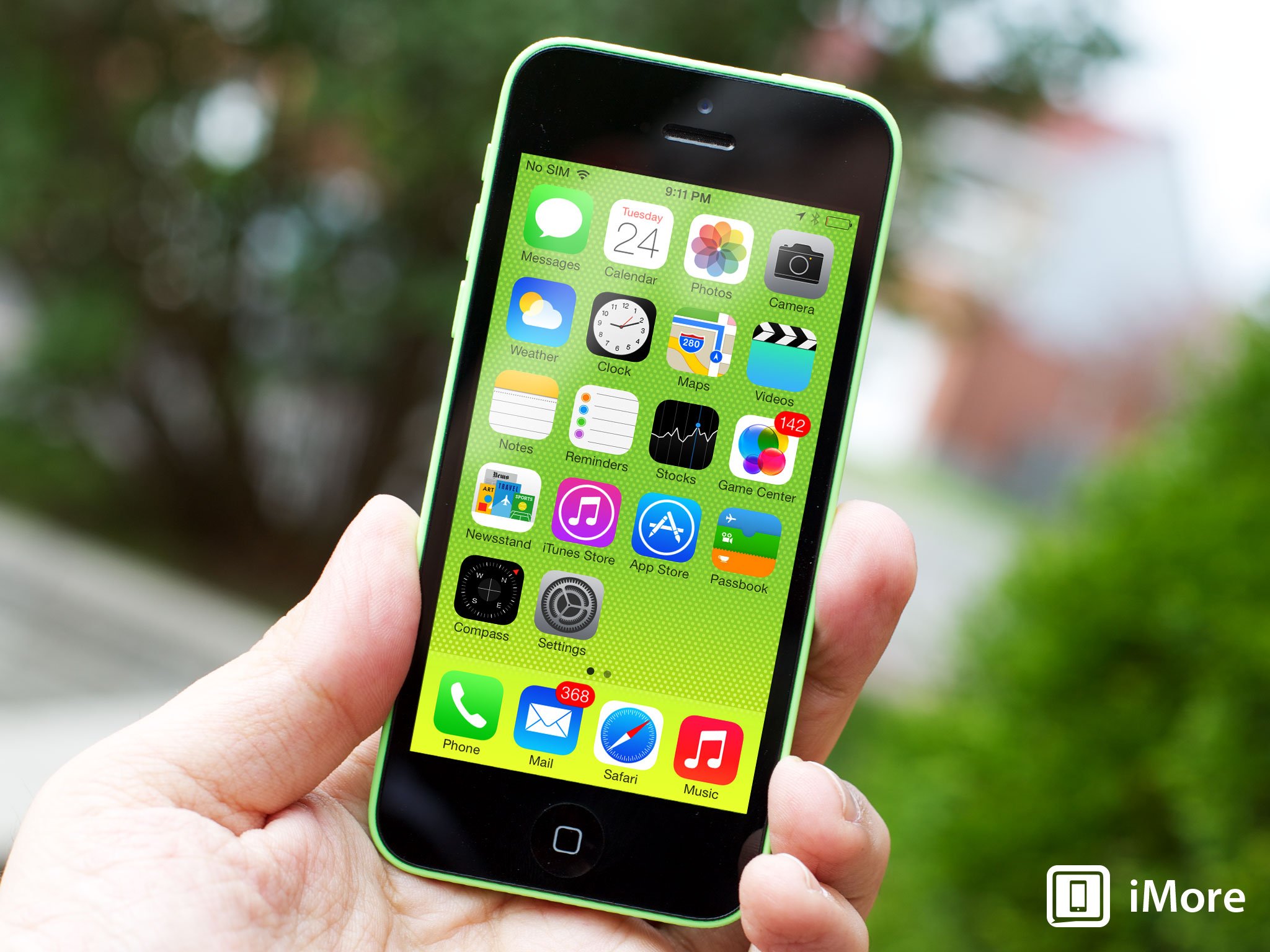
History of iPhone 5c: The most colorful iPhone yet
By Rene Ritchie last updated
The history of iPhone — continuing with the most colorful one yet!
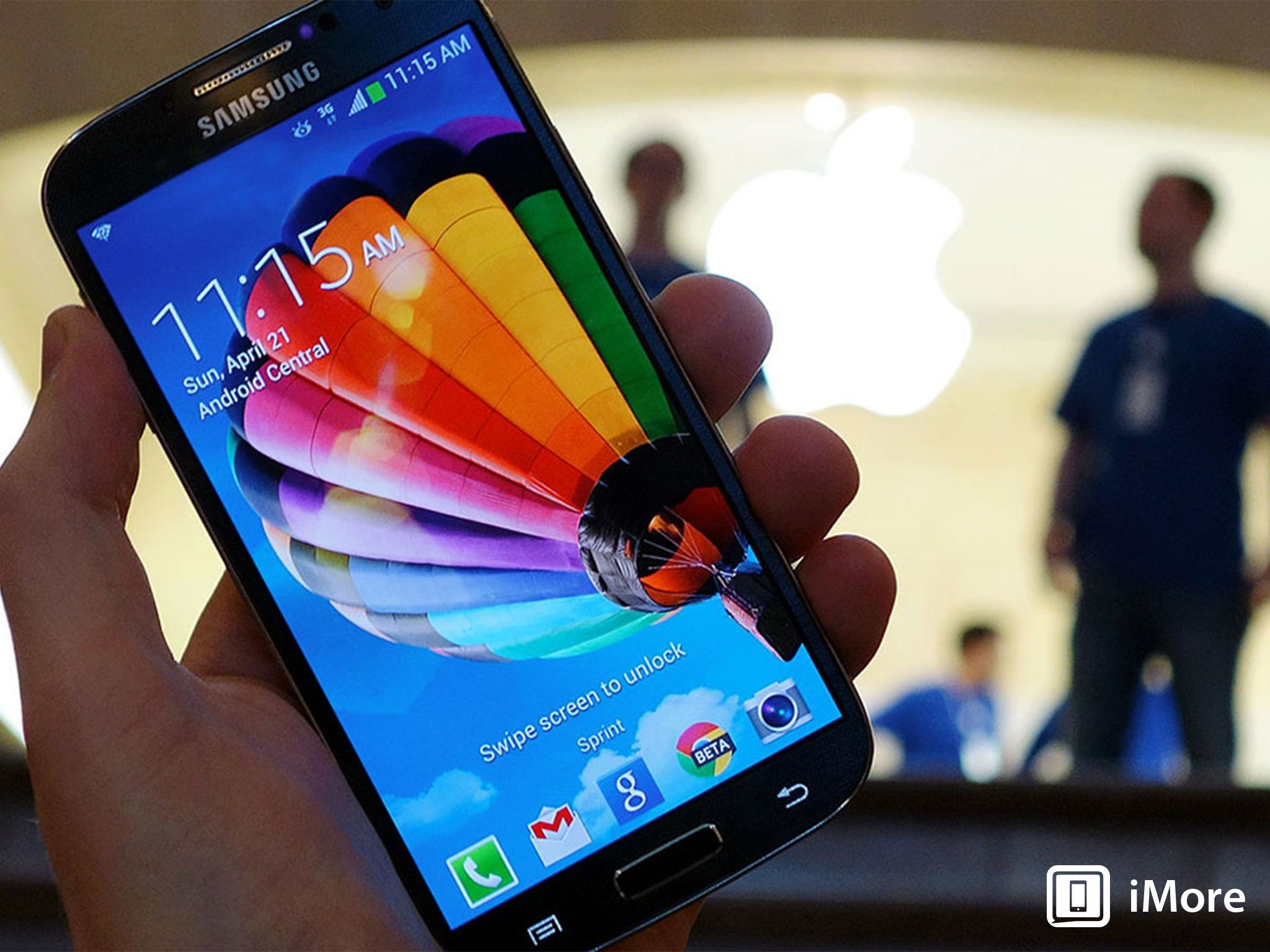
Apple iPhone 5s vs. Samsung Galaxy S4: Which phone should you get?
By Rene Ritchie last updated
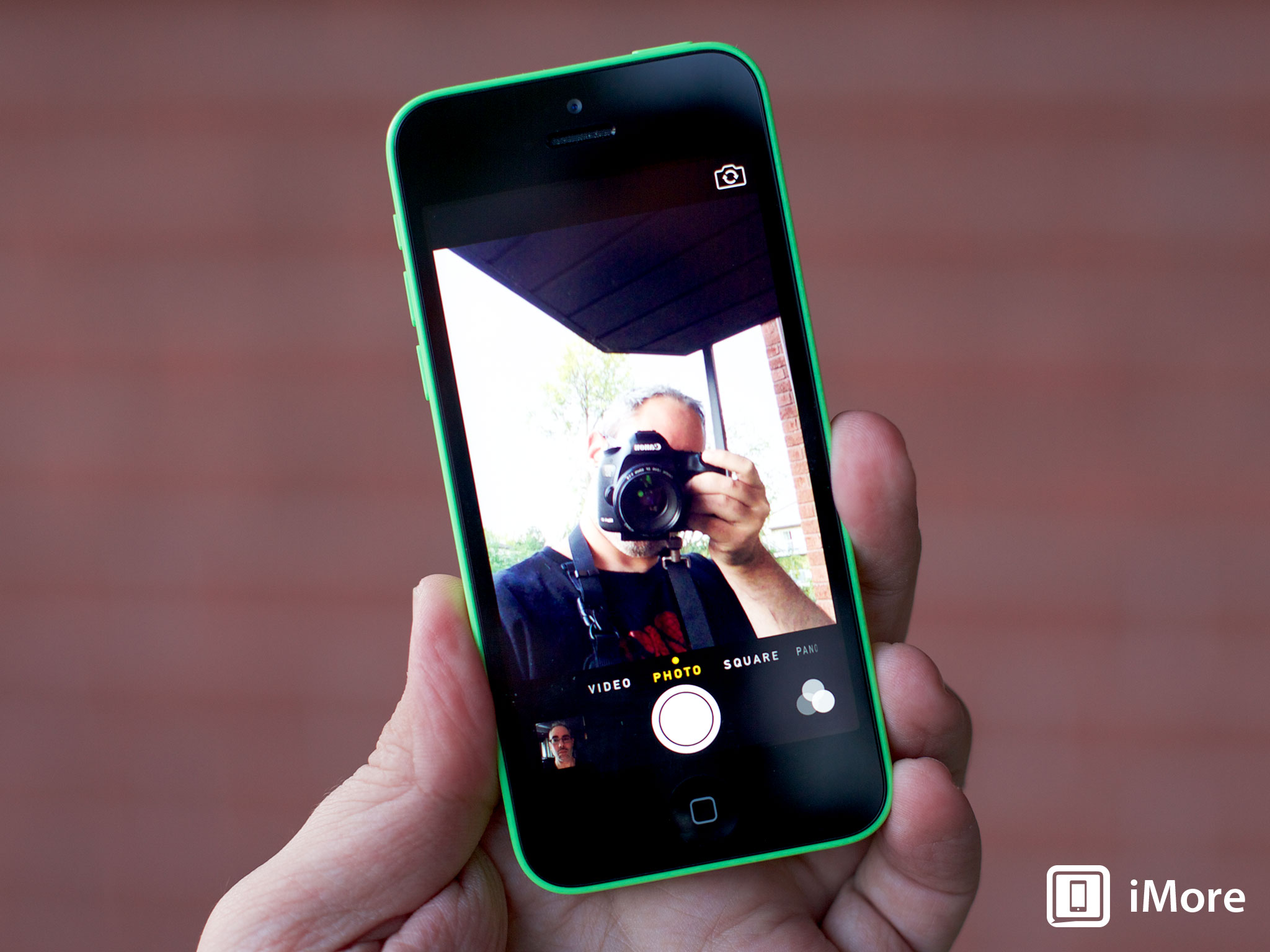
iPhone 5s vs iPhone 5c vs iPhone 5: FaceTime HD selfie shootout!
By Rene Ritchie last updated
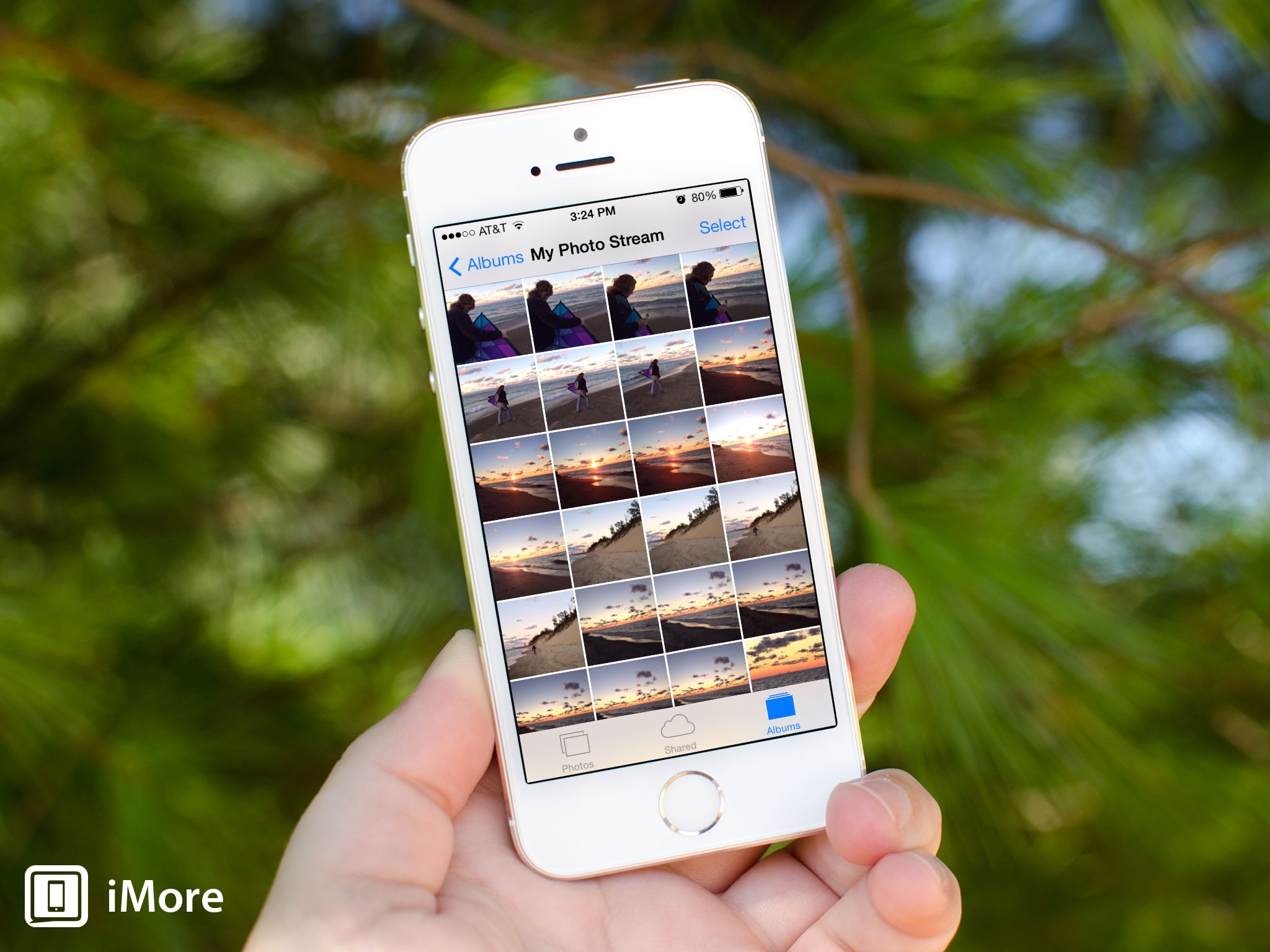
iPhone 5s vs iPhone 5c vs iPhone 5: iSight camera shootout!
By Allyson Kazmucha last updated
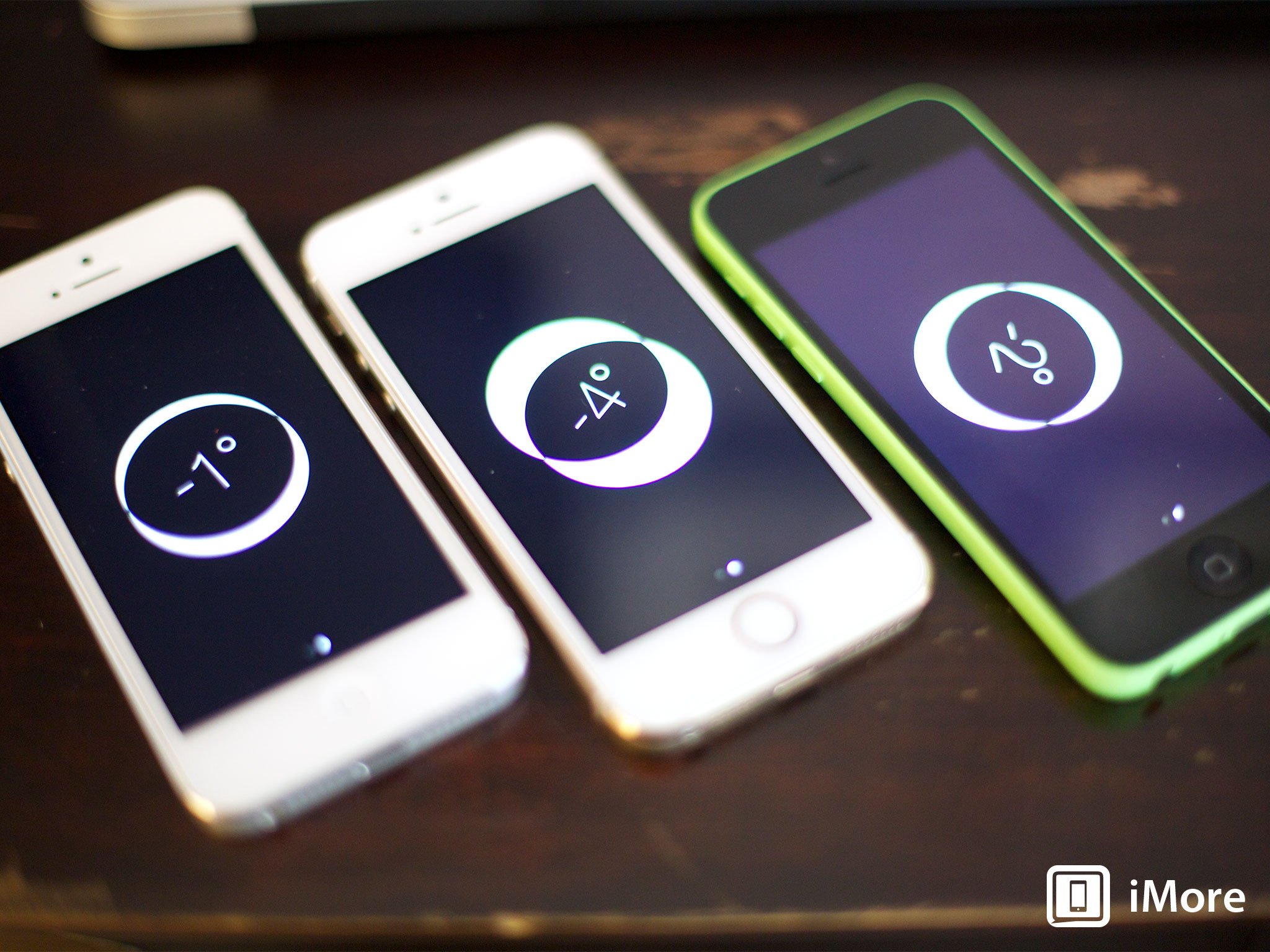
How accurate is the digital compass and level on your iPhone 5s? [Poll]
By Rene Ritchie last updated
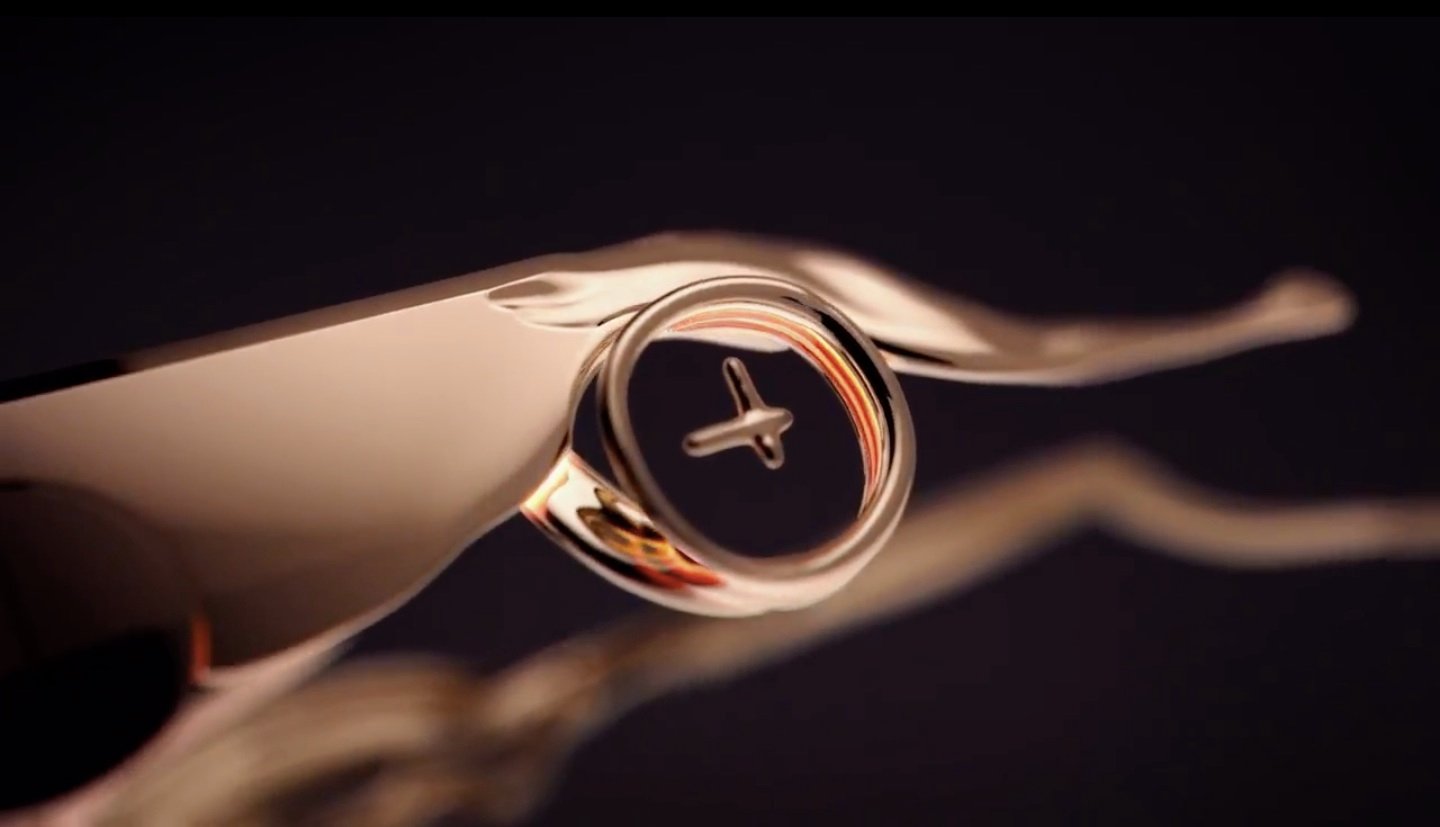
Apple releases first iPhone 5s commercial, Metal Mastered, and it's all about the gold
By Rene Ritchie last updated
iMore offers spot-on advice and guidance from our team of experts, with decades of Apple device experience to lean on. Learn more with iMore!
